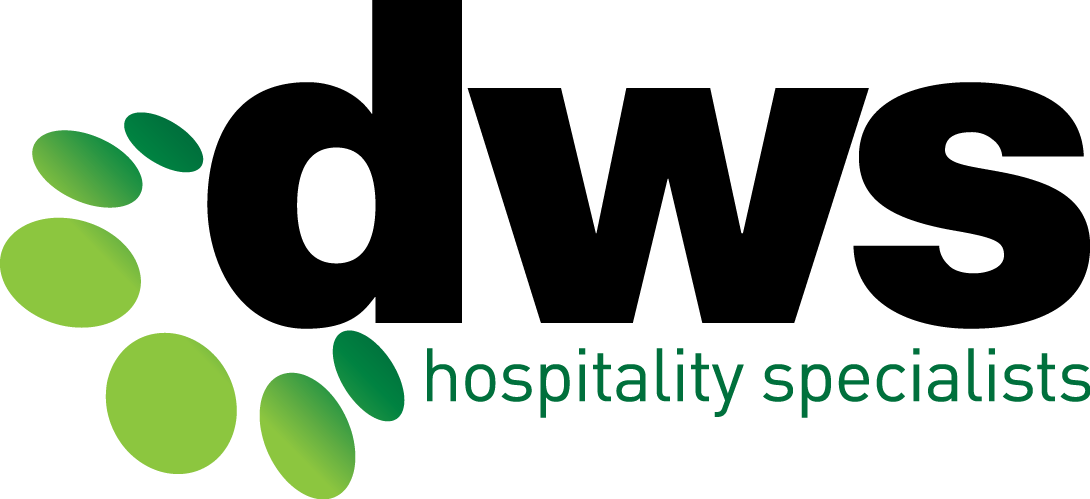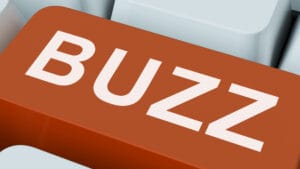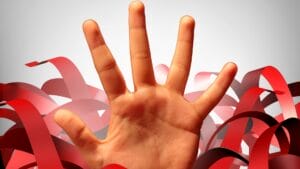What are needlestick injuries and sharps?
Needle-stick injuries are wounds caused by needles that accidentally puncture the skin. Injection of blood-borne viruses is the major hazard of needlestick injuries, especially the viruses such as HIV virus, hepatitis B and hepatitis C.
Sharps, for the purposes of this fact sheet are used needles / syringes
How do we prevent needlestick injuries?
A risk assessment is to be carried out at the workplace to assess where and how used needles could be located. A Safe Work Procedure (SWP) is to be developed from the risk assessment and communicated to all staff and relevant contractors (such as plumbers and cleaners).
The SWP is to clearly state the procedure if staff find sharps in the workplace and how to safely dispose of them. The SWP is to also address the actions to be taken if there is a needlestick injury in the workplace. One of the key messages in the SWP and staff communications is to never place your hands into a space where sharps could be without being able to see into the space.
Regular workplace inspections are to be carried out and include checking the workplace for sharps.
Staff inductions and safety training is to include the identification and handling of sharps.
What if someone finds a sharp?
The sharp needs to be carefully handled to ensure a needlestick injury is prevented.
- Gloves are to be worn. Note that disposable latex gloves WILL NOT protect from needlestick injuries but will provide a barrier against any biological contamination on the needle.
- Have a sharps container close by.
- Ensure you have easy access to the sharp.
- Using hands (or a pair of tongs if preferred), pick up the sharp with the needle pointing away from you. Keep the sharp intact and do not attempt to re-cap a used needle.
- Sharp is to be placed into the sharps container, needle first. Container is to be closed immediately.
- Wash hands and tongs (if used) immediately.
Sharps Container
A sharps container is a receptacle intended for the collection and disposal of sharps. It is:
- rigid-walled,
- puncture-proof and
- Sealable
What if a needlestick injury occurs?
The sharp needs to be carefully handled to ensure a needlestick injury is prevented.
- Wash the wound with soap and water.
- Report the injury to your supervisor immediately and fill out the Incident Report.
- Go straight to your doctor or the nearest hospital emergency department. Take the sharp if possible for testing.
- The doctors will take detailed information about the injury including how deeply the needle penetrated into the skin, whether there was visible blood contamination on the needle and any first aid measures used.
- Blood tests will be taken and you will possibly be advised to practice safe sex and avoid donating blood until the tests are returned.
- Counselling is recommended after a needlestick injury as it is a stressful time.
CLICK HERE TO DOWNLOAD THE FACT SHEET
For any clarification or questions, please contact Michelle Pitman, DWS Work Health Safety & Compliance Advisor, on 0401 014 619 or michelle@dws.net.au.





